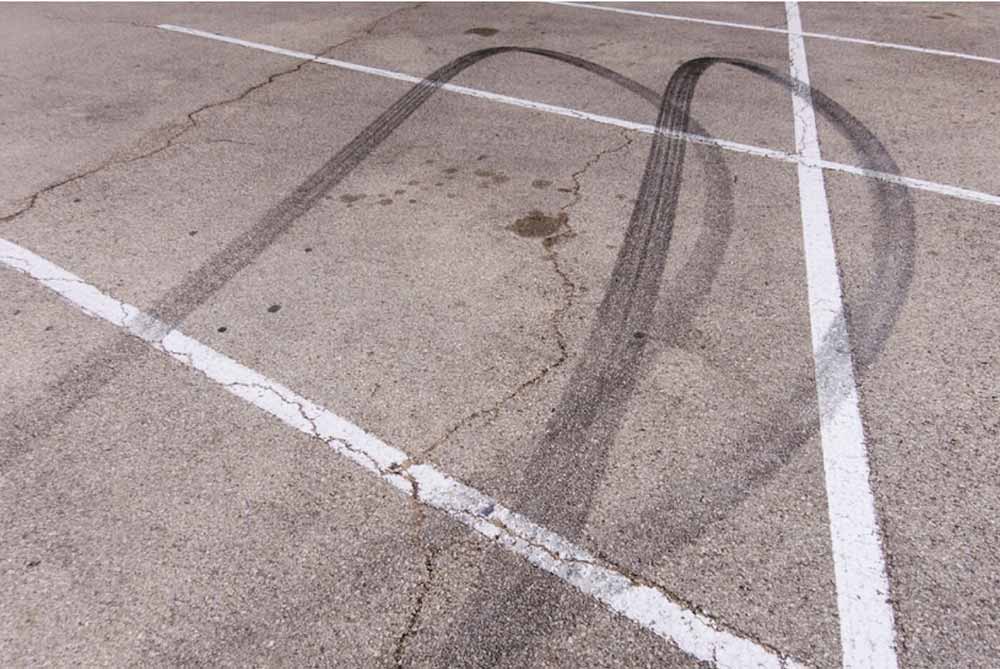
Whether you're on the highway or in the parking lot, the same basic rules of the road apply. And just like on the highway, accidents can happen and (contrary to belief) someone is at-fault. This is what
Here's what you need to know if you find yourself in this situation:
1. A collision with a parked car.
If your car is hit while it’s legally parked and you’re able to identify the other driver, you probably won’t be considered at fault. But, there are exceptions to every rule. For example, if you’re opening your door and another driver hits it while it’s open, you would likely be considered at fault. While liability for parked-car collisions can vary by situation, your insurer will do their best to avoid considering you at fault whenever possible.
2. A collision with a car in a feeder lane.
When leaving a parking spot, you’ll want to look both ways as you enter the feeder lane which is the laneway you’d be pulling into from your spot. Any cars traveling in this lane will always have right of way, so you should keep in mind that you can be placed at fault in this situation.
3. A collision with a car in a thoroughfare.
After safely backing out of your spot and into the feeder lane, you head towards a main lane known as a thoroughfare. Here, cars travelling down the thoroughfare have the right of way. In a collision, cars turning into the thoroughfare will be at fault.
4. A collision between two cars pulling out of a spot.
In this situation fault might be split 50/50. You'll want to check in with your insurer since this is determined by provincially legislated rules, but typically it applies in cases where your insurer is unable to determine who is at fault based on the accident details or two cars collide while exiting their respective spots, more or less, at the same time.
5. A hit and run
In a hit and run situation, it is important to immediately contact the police so you can let your insurance company know that you are not at fault. While this is an important step, there’s more to handling a hit and run. In any case, you'll want to make sure to capture every detail of the incident to help your insurance company begin to determine fault and help settle your claim.